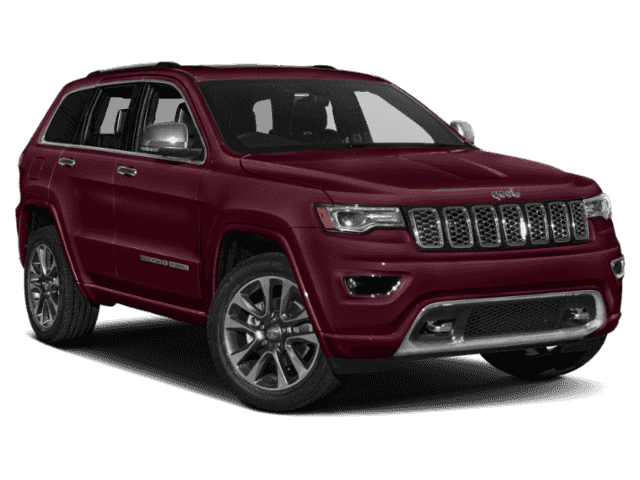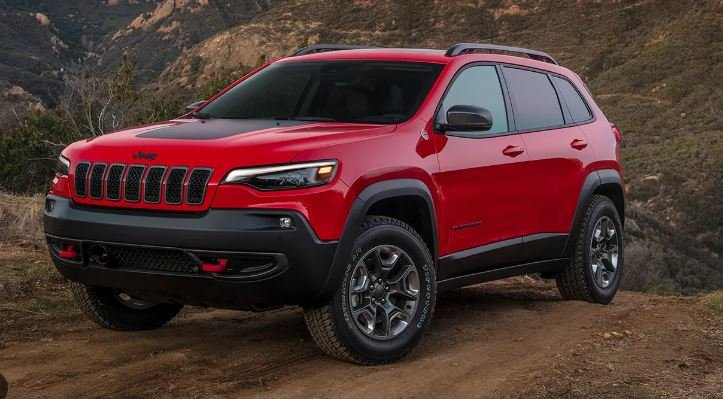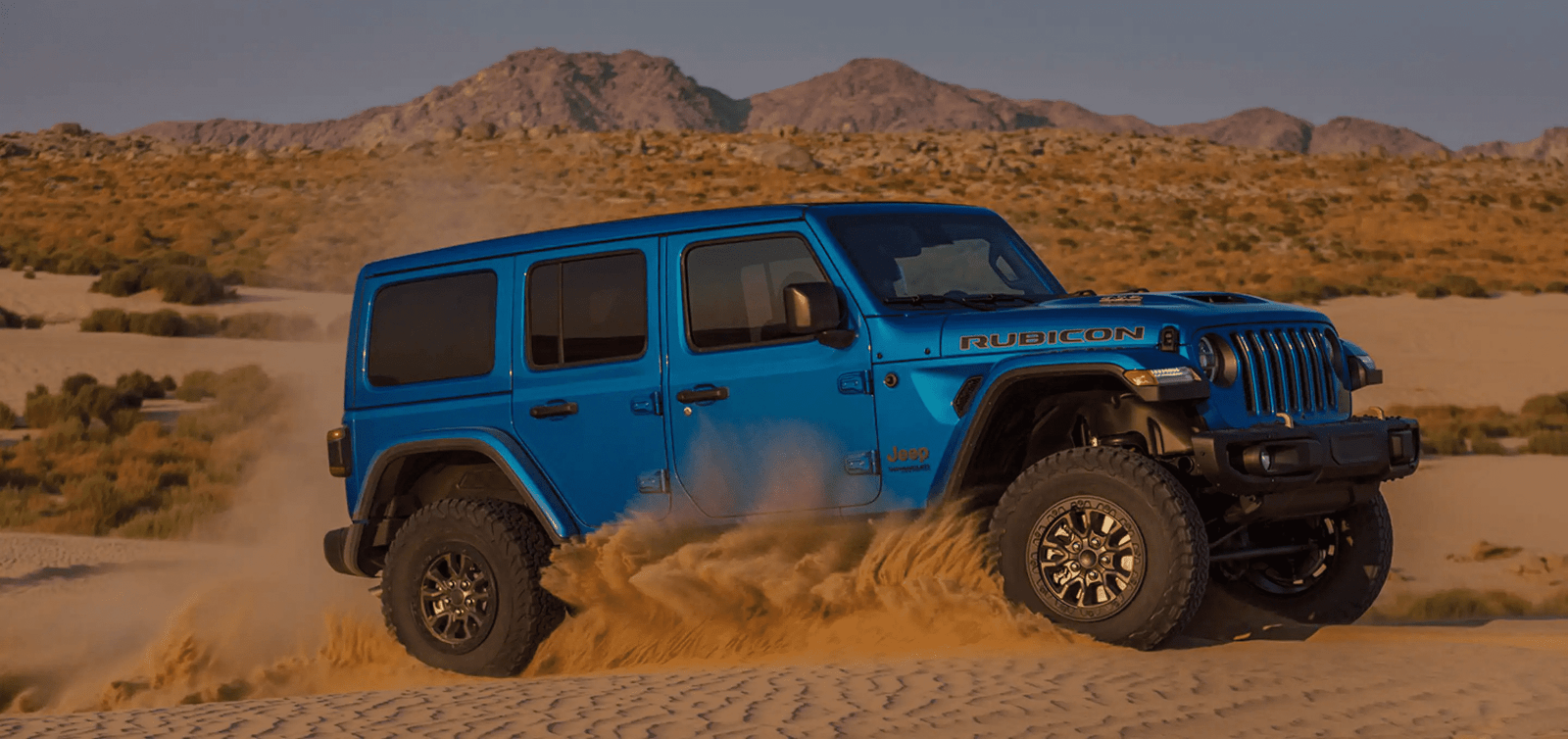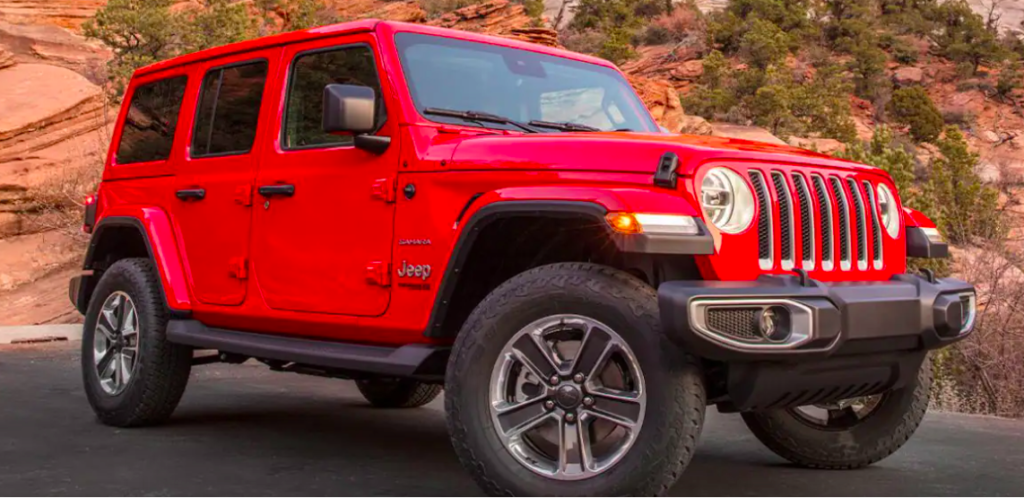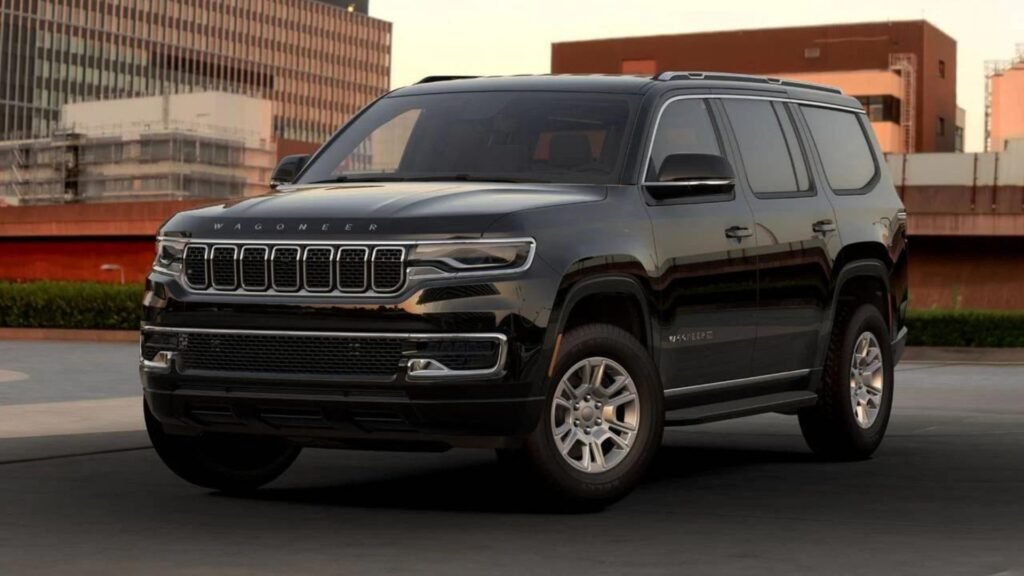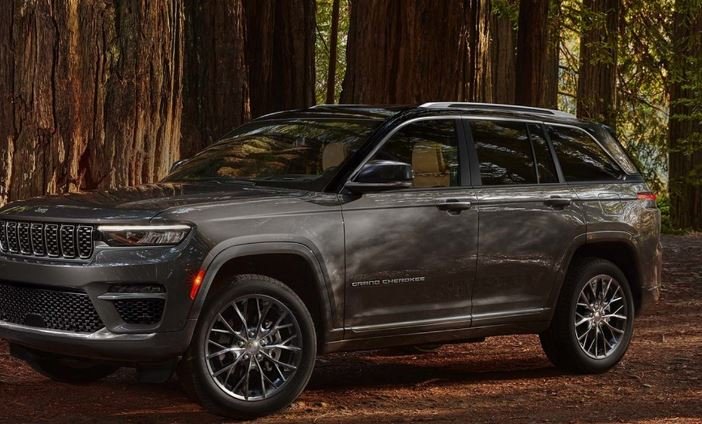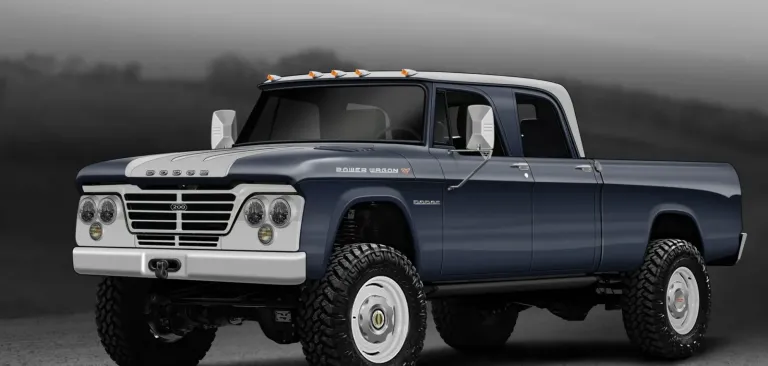Jeep is renowned for its rugged, versatile vehicles that excel both on and off the road. With a diverse lineup ranging from compact SUVs to powerful trucks, choosing the best Jeep for your lifestyle can be a daunting task. This guide will help you navigate the options and find the Jeep that best fits your needs, whether you’re an adventure enthusiast, a family driver, or a city commuter.
1. Assess Your Lifestyle Needs
Before diving into specific Jeep models, it’s essential to evaluate your lifestyle and driving needs. Consider the following aspects:
- Daily Commute: How often do you drive, and what types of roads do you usually travel?
- Off-Road Activities: Are you looking for a vehicle primarily for off-roading, or do you need occasional off-road capability?
- Family Requirements: Do you need extra space for passengers or cargo?
- Towing and Hauling: Will you be towing trailers or carrying heavy loads regularly?
2. Determine the Right Jeep Model
Based on your lifestyle needs, here are some Jeep models that cater to different requirements:
2.1. For Adventure Seekers: Jeep Wrangler
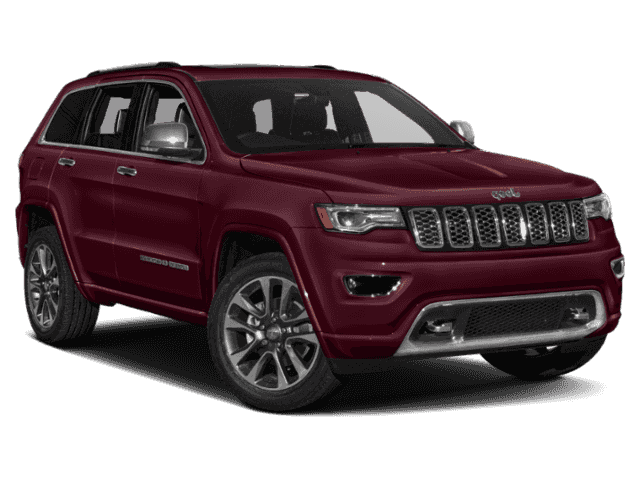
Features:
- Off-Road Prowess: High ground clearance, solid axles, and advanced 4WD systems.
- Versatility: Removable doors and roof for an open-air experience.
- Trail Rated®: Meets Jeep’s off-road performance standards.
Best For: Enthusiasts who need a rugged vehicle for extreme off-roading and outdoor adventures.
2.2. For Families: Jeep Grand Cherokee
Features:
- Luxury and Comfort: High-quality interior materials and advanced tech.
- Spacious: Ample cargo space and comfortable seating for up to five passengers.
- Advanced Safety Features: Includes adaptive cruise control, lane departure warning, and more.
Best For: Families needing a blend of luxury, comfort, and off-road capability.
2.3. For Urban Commuters: Jeep Compass
Features:
- Compact Size: Easy to maneuver in city traffic and tight parking spaces.
- Efficient: Good fuel economy for daily commuting.
- 4WD Options: Available for those who want occasional off-road capability.
Best For: City dwellers who want a compact SUV with occasional off-road capabilities.
2.4. For Work and Utility: Jeep Gladiator
Features:
- Pickup Truck: Offers cargo space with a five-foot bed.
- Towing Capacity: Can tow up to 7,700 pounds.
- Off-Road Ready: Similar off-road features as the Wrangler.
Best For: Those needing a workhorse with off-road capabilities and ample cargo space.
2.5. For Compact Adventure: Jeep Renegade
Features:
- Small and Agile: Ideal for urban driving with off-road readiness.
- Trailhawk® Model: Equipped with features for off-road challenges.
- Selectable Traction: Offers multiple drive modes for different conditions.
Best For: Drivers who want a compact SUV with good off-road capabilities and urban usability.
3. Consider Your Budget
Jeep models vary in price, from the more affordable Renegade to the premium Grand Cherokee. Determine your budget, including potential costs for maintenance, insurance, and fuel. It’s also a good idea to consider the long-term value and resale potential of the model you choose.
4. Test Drive and Research
Once you’ve narrowed down your options, schedule test drives to experience each Jeep model firsthand. Pay attention to handling, comfort, and features. Additionally, research reviews, owner testimonials, and expert opinions to make an informed decision.
5. Evaluate Additional Features
Jeep offers a range of optional features and packages, including advanced safety systems, premium audio, and off-road upgrades. Decide which features are essential for your lifestyle and whether they are worth the extra investment.
Conclusion
Choosing the best Jeep for your lifestyle involves understanding your driving needs, evaluating various models, and considering your budget. Whether you’re seeking off-road adventure, family comfort, or urban agility, Jeep offers a model that can meet your requirements. By assessing your lifestyle and preferences, you can find the perfect Jeep to enhance your driving experience.

